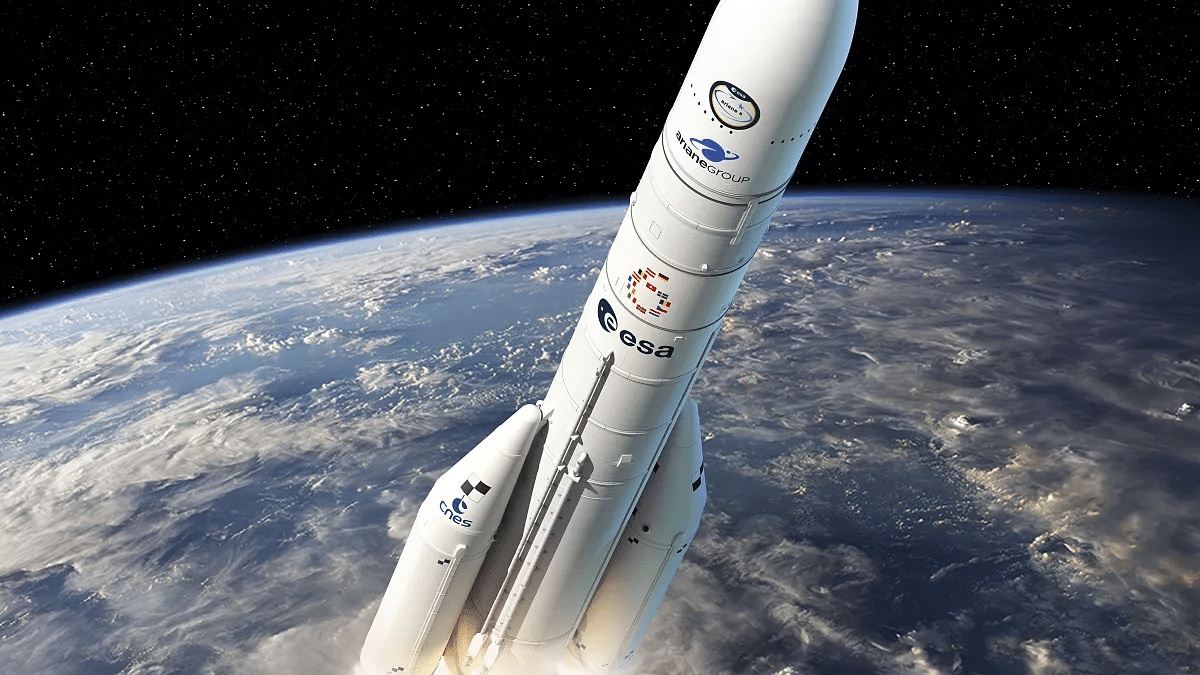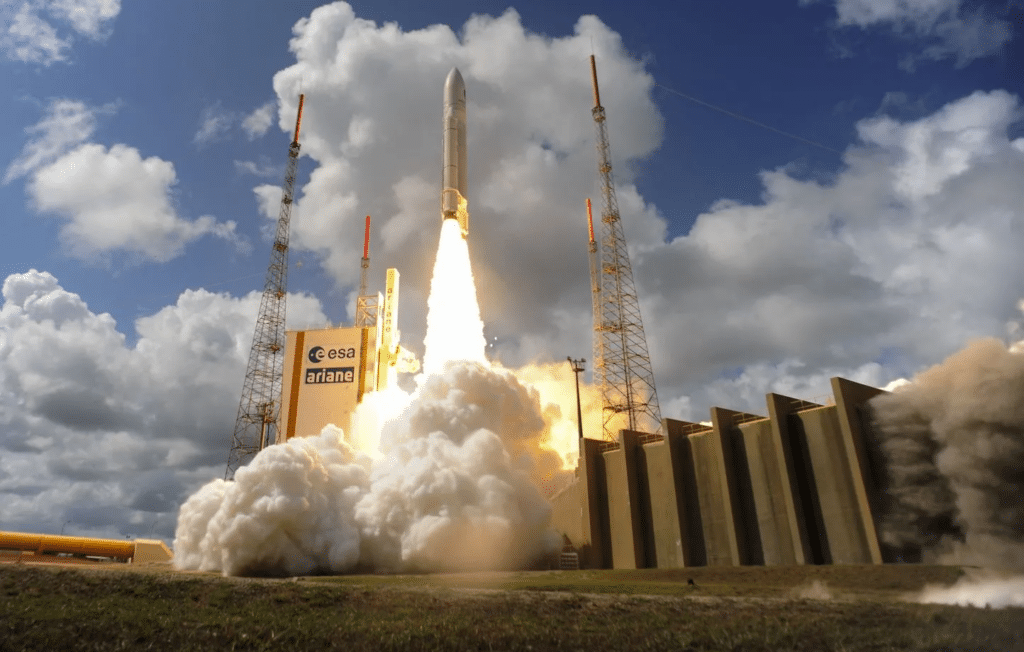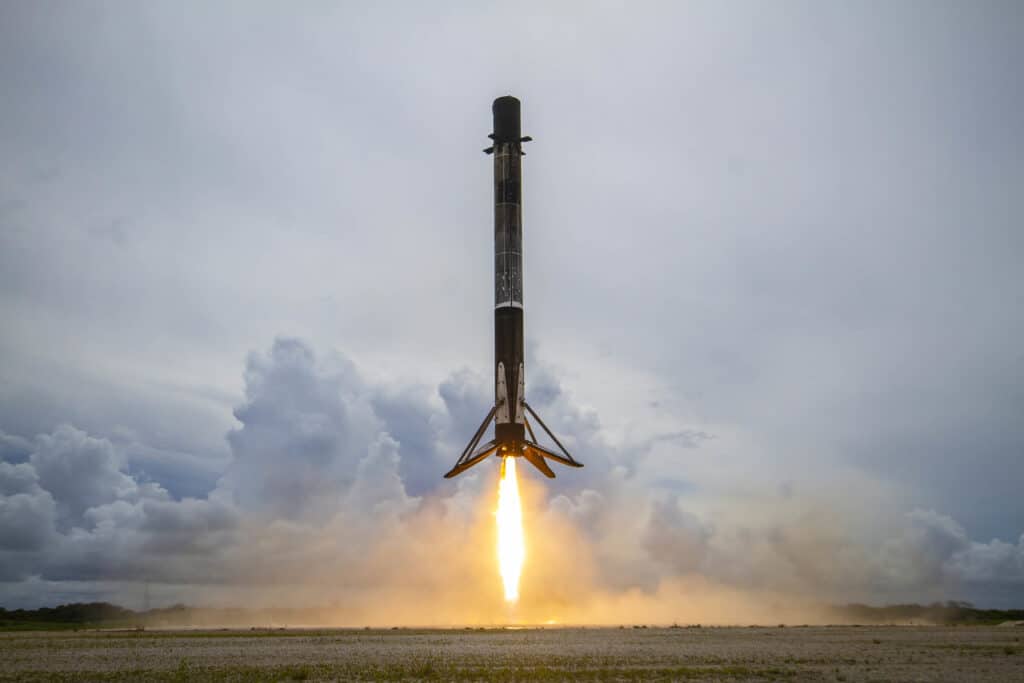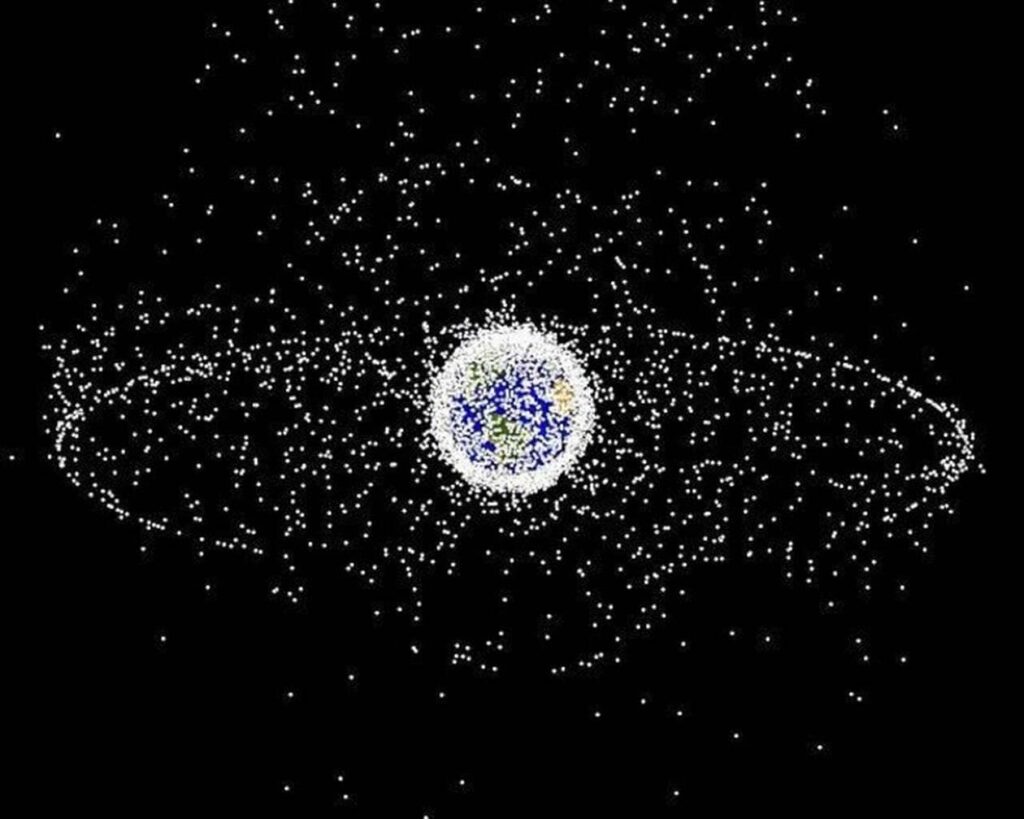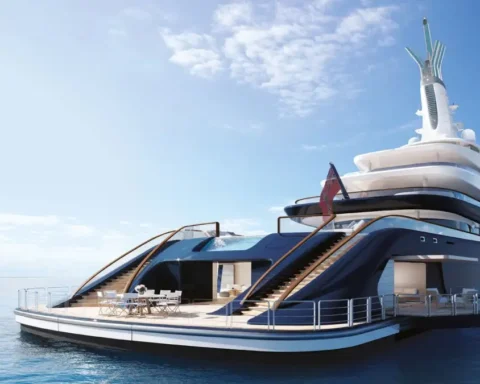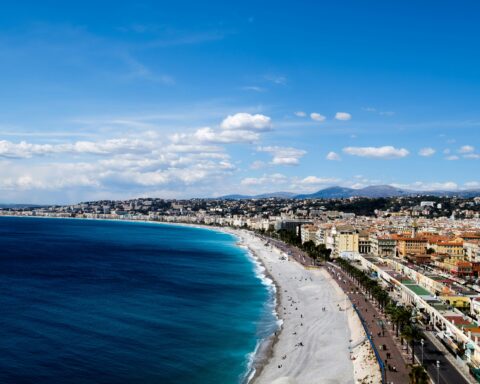The successful launch of the Ariane 6 rocket on Tuesday July 9 marks a strategic turning point for Europe in the international space race. The event, which took place in French Guiana, symbolizes the return of Europe’s autonomy in space, and its rise in the face of fierce competition from SpaceX and other international players.
Europe today celebrates a milestone for its space program with the successful maiden flight of the Ariane 6 rocket. The long-awaited launch took place on Tuesday from Kourou, in French Guiana, and launched several micro-satellites into orbit.
This success symbolizes Europe’s return to space autonomy after a year’s absence, and marks a strategic turning point in the face of fierce competition from SpaceX.
“Europe is back,” said Joseph Aschbacher, Director General of the European Space Agency (ESA). ESA is an independent organization of the European Union, but it implements the EU’s space programs.
“This is a historic day for ESA and for Europe”, said Philippe Baptiste, Director of France’s Centre national d’études spatiales (Cnes).
This launch marks the end of a difficult period for Europe, which lost its autonomous access to space after the end of Ariane 5 operations a year ago. This is excellent news, as the space economy looks set to flourish: according to Novaspace, it should be worth $822 billion in 10 years’ time, almost two-thirds more than today.
Technological challenge
In Kourou, the tension was palpable as soon as the countdown began. Ariane 6 finally rose into the sky to the cheers of the control room. Each phase of the flight, carefully scrutinized, went according to plan. The Vinci engine, the main innovation on this new launcher, fulfilled its role perfectly, enabling satellites to be ejected into different orbits, despite a slight malfunction at the end of the mission.
Decided in 2014, Ariane 6 is designed to place satellites in geostationary orbit at an altitude of 36,000 kilometers, while also being capable of putting constellations into orbit a few hundred kilometers from the Earth. The rocket’s upper stage, equipped with the re-ignitable Vinci engine, represents a major step forward. This maiden flight verified the rocket’s operability, in particular the ability of its engine to relight several times.
The new Ariane 6 heavy launcher is available in two versions: the Ariane 62, equipped with two boosters, and the Ariane 64, equipped with four boosters. For this first launch, the “smaller” version was chosen. Despite this, the spacecraft is still 56 metres high and weighs 530 tonnes. The mission, which lasted 2 hours and 50 minutes, deployed eleven payloads, including CubeSats and microsatellites.
Ariane, the European symbol
Launched over 30 years ago, the Ariane program has been a pillar of Europe’s conquest of space, ensuring the launch of commercial and scientific satellites into orbit with exceptional reliability. “It has provided access to space, to Europe, to all commercial operators in terms of communications satellites. It has created a climate of confidence in its players, with extraordinary reliability,” recalls Christian Barbier, astrophysicist and former project manager at the Liège space center.
Ariane 5, for example, powered the James Webb Space Telescope and the Envisat satellite, revolutionizing Earth observation. Competing with the Americans, Russians and Chinese, the legendary rocket has managed to capture 50% of the space launcher market.
Since Ariane 5’s last flight, Europe has no longer been able to put its satellites into orbit on its own, depending on the Russian Soyuz launcher, fired for 10 years from French Guiana, and suffering from the failures of the Vega-C rocket, grounded since late 2022 after an accident.
This situation has been exacerbated by aggressive competition from SpaceX, whose Falcon-9 reusable launchers have revolutionized the market, with drastically reduced launch costs.
“When SpaceX was undermining Ariane, it was France that seemed most affected. Today,as it concerns the entire value chain, it’s the whole of Europe that’s being targeted”, says Stéphane Israël, Executive Chairman of Arianespace. “No one can accept this overdomination”, he asserts, expressing his confidence that the players in the European space industry “will organize themselves to find alternatives”.
Star wars
Last September’s G20 summit in New Delhi highlighted India’s growing international role, as it seeks to assert itself against China and become the world’s second power. Its successes in space reinforce this ambition.
A week before the start of the G20, India launched the Aditya-L1 probe towards the Sun, symbolizing its ambitions in space. Less than a month earlier, the Indian lunar lander Vikram had succeeded in landing a robot on the lunar surface, a feat previously achieved only by the USA and China.
India, the first Asian country to place a satellite in orbit around Mars in 2014, is now among the leading space powers. The race for the moon is intense, with the United States and China in competition. The Artemis program, involving 28 countries including France, plans to land two astronauts on the Moon by 2025. China has already succeeded in landing a module on the far side of the Moon in 2019.
Outer space, beyond an altitude of 100 kilometers, is a place of competition and confrontation between powers. Controlling access to space is crucial to the autonomy of any state. In the 1960s, only Russia, the United States and France had these capabilities. Today, a dozen countries, including Israel, Iran and the two Koreas, can launch satellites. However, space is in danger of becoming too densely populated. Since 1957, some 14,500 satellites have been launched, half of which are still operational. More than 34,000 objects over 10 cm and 900,000 objects over 1 cm are in orbit.
Long considered a common good of mankind, space is becoming increasingly militarized. The 1967 treaty prohibits weapons of mass destruction in space, but does not prevent its militarization. Space is crucial to military operations, as demonstrated by the war in Ukraine, where Elon Musk’s StarLink satellites helped Ukrainian forces.
Star Wars is finally a reality, manifesting itself in maneuvers to intercept, jam and destroy satellites with missiles.
Featured photo : © ESA




